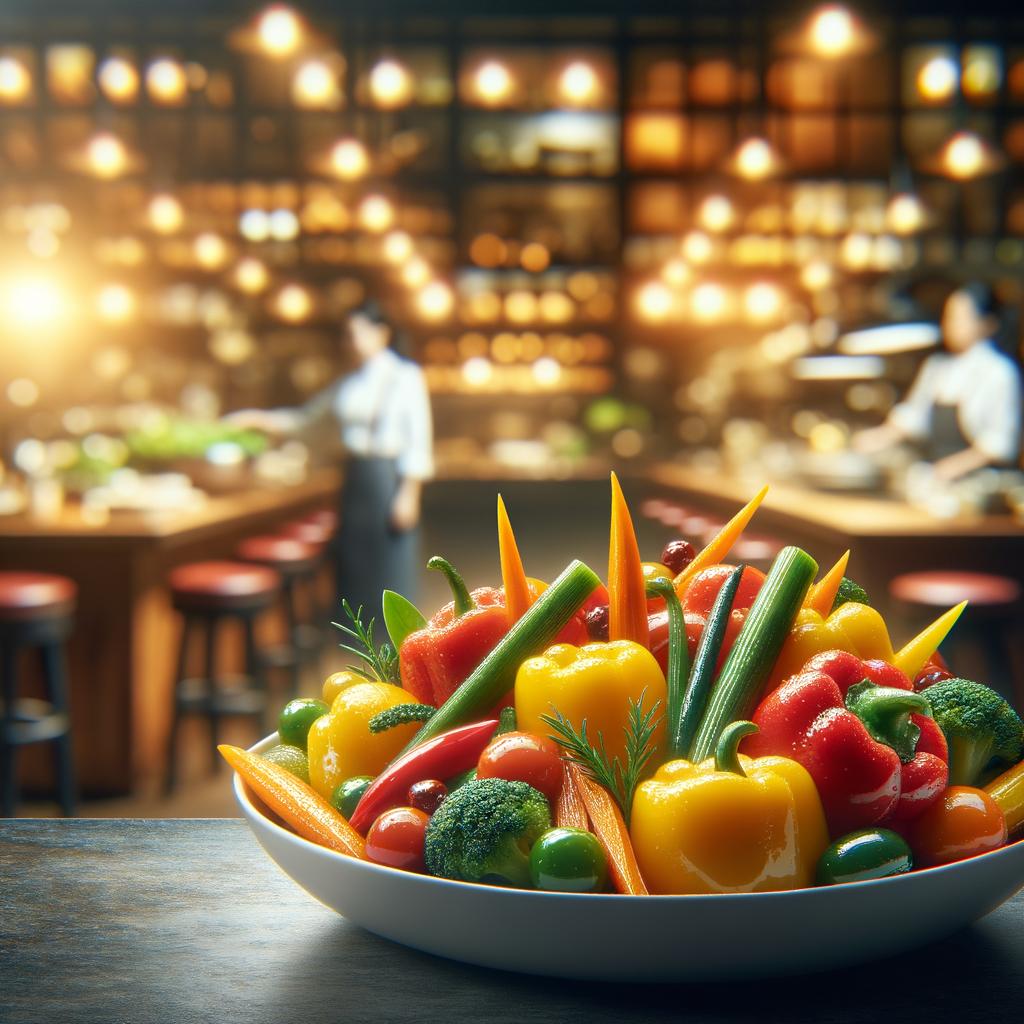Simmered vegetables are a delightful medley of nature's bounty, often featuring a colorful array of seasonal produce. Each vegetable brings its own unique texture and flavor, from the sweet crunch of bell peppers to the tender, earthy richness of root vegetables. The process of simmering gently coaxes out the inherent sweetness and complexity of each vegetable, resulting in a dish that is vibrant, hearty, and brimming with flavor. What sets simmered vegetables apart is their ability to harmoniously blend a multitude of flavors and textures, creating a symphony of taste that is far greater than the sum of its parts.
Simmered vegetables are a versatile ingredient in the culinary world, serving as a comforting side dish, a nourishing main course, or a flavorful addition to soups and stews. They are a staple in a wide range of cuisines, from the hearty pot-au-feu of France to the soul-warming minestrone of Italy. Beyond their culinary uses, simmered vegetables play a significant role in various cultural traditions, often symbolizing abundance, health, and the changing of seasons.
The history of simmered vegetables is as diverse and rich as the vegetables themselves. It is a cooking method that has been embraced by cultures around the world, each bringing their unique twist to this timeless dish. The tradition of simmering vegetables can be traced back to ancient times when our ancestors discovered the transformative power of heat on food. Over time, the humble simmered vegetable has evolved from a necessity for survival to a culinary art form celebrated for its simplicity and depth of flavor. Many cultures have folklore and stories associated with simmered vegetables, often portraying them as a symbol of resilience, unity, and the nurturing power of Mother Nature.
Simmered vegetables are a nutritional powerhouse, packed with an array of essential vitamins, minerals, and fiber. They are low in calories and high in nutrients, making them a cornerstone of a balanced diet. The simmering process helps to break down the cell walls of the vegetables, making it easier for our bodies to absorb their nutrients. However, it's worth noting that some water-soluble vitamins may be lost during cooking, so it's a good idea to consume the cooking liquid as well. Compared to raw vegetables, simmered vegetables offer a different, yet equally valuable, nutritional profile, providing a comforting and nourishing way to enjoy the bounty of the earth.

